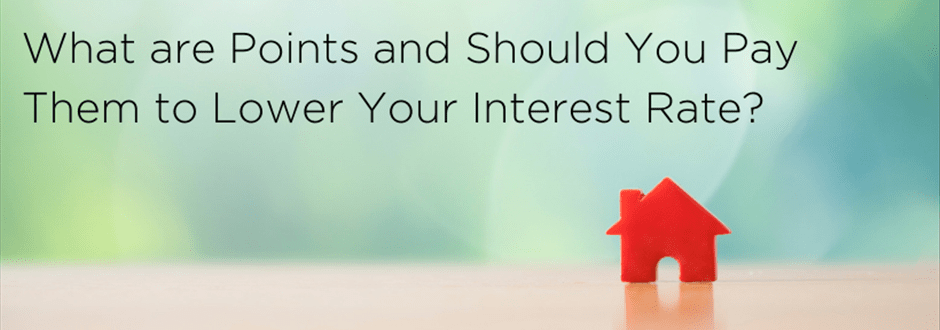Frequent PCSing affects many military home-buying decisions — one being whether or not to pay discount points on your mortgage.
By Rick Maines, Inside Sales Manager, AAFMAA Mortgage Services LLC, Fayetteville, NC
When you’re shopping for a mortgage, lenders will provide you with a loan estimate. The loan estimate details the terms of the loan offer, including loan type (VA, FHA, or conventional), the actual interest rate and the term (fixed or adjustable).
At that point, the lender may offer you the option to “pay points” to lower your interest rate.
A lower interest rate means a lower monthly payment and less interest paid over the life of the loan. However, paying for points increases your upfront costs, so it is very important to understand your options.
Understanding Points
Points, like other lender fees, are paid directly to the lender at the loan closing. However, their sole purpose is to lower your interest rate. Also called discount points, points are calculated as a percentage of the total amount of your loan. One point equals one percent of the loan amount. Generally speaking, paying one percent of the loan amount in points will lower your rate by 0.25 percent. So you’re paying one percent upfront to pay a quarter of a percent less per year in interest.
Does Paying Points Save You Money?
It depends. On a 30-year fixed-rate mortgage, the breakeven point is generally around 36 months or less.
You can find your breakeven point by using the information on page 2 of your loan estimate. On the left-hand side at the top, you’ll find a section called “Loan Costs.” This is the exact percentage of the loan amount for any quoted points. It also shows the dollar amount of the points.
To determine whether paying the points to “buy down your rate” makes sense, add your monthly savings at the lower rate to find the breakeven point — the time when you’ve saved more in interest than you paid in points.
For example, assume you’re applying for a mortgage of $100,000. One percent — or one point — of the loan value is $1,000. So you would need to benefit by $1,000 in reduced interest payments to breakeven on buying that one discount point. (Learn more on how to calculate your savings.)
Assessing Your Situation
Knowing how long you intend to keep the loan — without selling or refinancing it — can help you weigh the value of paying points.
- If you’re planning to relocate in less than three years, you probably won’t recoup the cost of paying points.
- If you’ll be in the property five to 10 years, paying points might look good on paper but in reality the benefits are probably minimal. In the current market, for example, with interest rates near historic lows, buyers are refinancing loans they took out just a few years ago.
- Finally, for those buying their forever home who expect to have their mortgage for 10 years or more, paying points can make sense. Take into consideration your priorities and lifestyle.
We Can Help
As consumers, you may believe you should always shop for the lowest interest rate, and paying points might look like a good way to get there. That’s why it’s important to consult with an AMS Military Mortgage Advisor. We can help you understand the pros and cons of paying points in your particular situation.
At AMS, we are happy to provide an honest and fair comparison of your mortgage options. We offer a wide range of low-rate and low-cost mortgages designed to meet the needs of Veterans and servicemembers. Our mission is to ensure you obtain the best mortgage possible, even if it means doing business elsewhere.
Get started today. Contact a Military Mortgage Advisor at 844-247-4208 or by email at [email protected].


.png)


.webp)